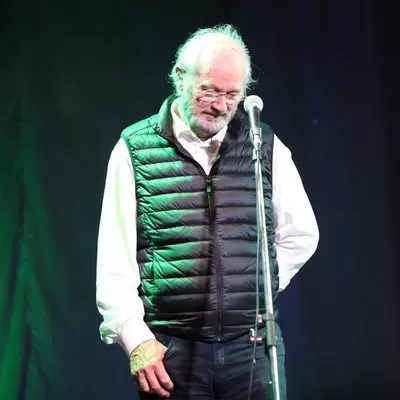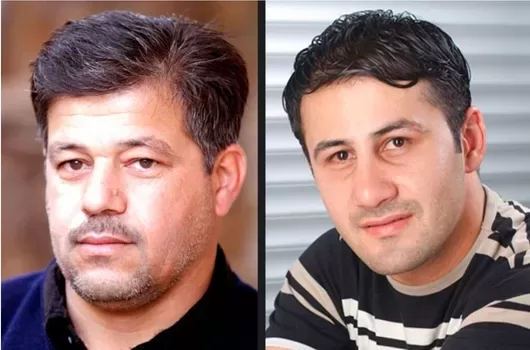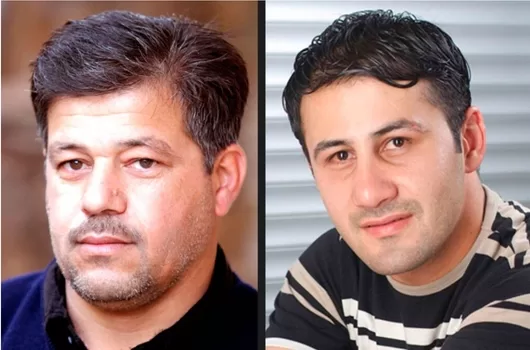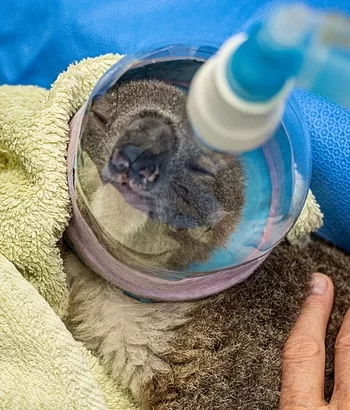As a former Reuters photographer, I felt compelled to investigate the deaths of two Reuters staff, driver Saeed Chmagh and photographer Namir Noor-Eldeen, at the hands of a US Military Apache attack helicopter as revealed on the Collateral Murder video which lead to the persecution of Julian Assange. Words & photo marked © by Mark Anning.
This series sat open on my desk computer for months. The revelation about how a potential war crime was covered up and who did that seems so trivial a point, I wondered if it was news. My best legal advice to myself is don’t comment on ongoing trials. Reports and revelations have a habit of affecting the outcomes of trials. Some courtroom battles are interesting but most are tragic and awful to witness.
Were there war crimes committed? If so, who covered it up? Was there a media operation put in place to kill the story? When the military deny access to the video evidence to Reuters, were they aware of the investigator’s report into the killing of civilians?
The answer is yes, and the evidence is published here across the 30 pages that we’ve built in the Assange library of documents pertaining to the matter, Pompeo Vs Assange (United States of America v. Julian Paul Assange).
The stubborn unwillingness of the US Justice and Military to see the damage that this trial is doing to the reputation of the USA worldwide in terms of free speech and freedom of the media, and their handling of evidence of potential war crimes. This Trump-Pompeo era indictment was purely political and the glare of the world’s media will turn the trial of Julian Assange into a farce.
We are an advertiser supported home business, so this is the best way to acknowledge our research
Julian Assange may not be able to defend himself with a ‘public interest’ defence in the US justice system. If the court’s won’t allow it because they don’t want the word getting out, then it is the duty of a free press to report it. The evidence contained here shows his intention to inform the public of a serious malfunction of the military.
As soon as the brass saw the video of the killings, they realised they had a public relations crisis and made moves to kill the story. The first day’s delay in replying until after midnight shows they were back pedalling while they considered their options. A General had taken charge of the matter.
What happened next is worthy of a theatre production and hopefully someone is writing the play (please comment below if you’d like to photo that!). While Reuters were busy during that first week interviewing eye witnesses and consoling Reuters staff, the U.S. military brass were also busy preparing a report into the shootings.
General Vincent K. Brooks signed off on the orders for the investigators on 13 July, the day after the deaths. The investigation was ordered to report back by 19 July. Gen. Brooks wrote these recommendations before the investigation began. Brooks already blamed the Reuters men for not wearing identifying vests and not notifying the U.S. Military they were in the area.

The General’s name is hiding in plain sight. The order that he gave is there too. And here General Vincent Brookes is with Mike Pompeo, the CIA Director turned Secretary of State under Donald Trump. The decision to not take allegations of potential war crimes seriously, instead to persecute the whistleblower, started with these people.


The employer of the men killed just happened to be one of the world’s most trusted news sources, Reuters.
Dean Yates, the Reuters bureau chief was in a state of shock over the meeting with the generals. The first reply from the military was after midnight, which shows the incident had been referred up the chain of command, and the reply was considered.
The statement described the incident as a firefight with insurgents and stated that the killings are currently under investigation.
“Our preliminary investigation raises real questions about whether there was fighting at the time the two men were killed,” David Schlesinger, editor-in-chief of Reuters said at the time.
Continued next page: 2 US Military killed two Reuters photographers in Iraq
To date President Joe Biden has side stepped the Julian Assange issue, deferring to the US Justice department’s independence from political interference to pursue legal cases.
So, its up to the US Justice department to weigh up the social cost of losing face in the eye’s of the world by continuing with a political case and stifling a free press.
If they proceed, they have to manage the public relations risks of a closed court military-style trial where Julian Assange cannot include a public interest defense or argue the reasons why he released evidence of war crimes, however allegedly.
If I was that guy in the US Justice legal department that weighs up these things, I’d look for a solution where the department can close the case and still save face. Something like creating a department “Whistleblower” policy and see if Assange fits those definitions.
The US Justice doesn’t seem to be weighing up the social costs of real public anger at the department versus any real or perceived deterrent for the crimes alleged in Justice Dept vs Julian Assange. Somethings got to give, because, if this goes to trial, someone will have to explain the spectacle of the show case trial of the millennium to a hostile media.
The “Freedom of the Press” angle to this multi-dimensional problem is probably the key issue. Assange will go down in history as opening the gates to the release of information to investigative journalists, and has redefined what it means to blow the whistle on the military during times of war.
With the Pentagon unable to come close to balancing their budget of trillions of dollars each year, we probably need to know where that money is going and who is getting it. That needs to stop, immediately. Obviously there’s a lot of troops out there with weapons and we now have a massive crisis. The world is at war, according to the news, and that’s what Julian Assange was trying to stop.
Reuters driver Saeed Chmagh (left) and photographer Namir Noor-Eldeen (right) were shot dead by a U.S. Apache helicopter on July 12, 2007. REUTERS/Handout


Our investigative journalist looks at the Assange evidence
This background to Julian Assange’s story is part of our investigation into the death of Reuters cameramen in Iraq and the Wikileaks Collateral Murder leak. Our ten page investigation into the death of Reuters camera crew in Iraq.
This background to Julian Assange’s story is part of our investigation into the death of Reuters cameramen in Iraq and the Wikileaks Collateral Murder leak. The series starts here and covers The General & The CIA Director & Secretary of State.


Our ten page investigation into the death of Reuters camera crew in Iraq.
A quick update on the Julian Assange story
1 The trial of Julian Assange exposes US Rules of Engagement
2 US Military killed two Reuters photographers in Iraq
3 The fix is in: Military investigation into deaths of Reuters staff in Iraq
4 Generals Brookes & Fox meet the Reuters editors
5 Military ignored FOI requests for video of deaths
6 Rules of Engagement between military & civilians
7 Assange: WikiLeaks release Collateral Murder video
8 Definitions, Resources, Transcripts, Apache details
9 Who, what, when and why of the Assange case
10 Wikileaks Collateral Murder video aftermath. Where are they now?






